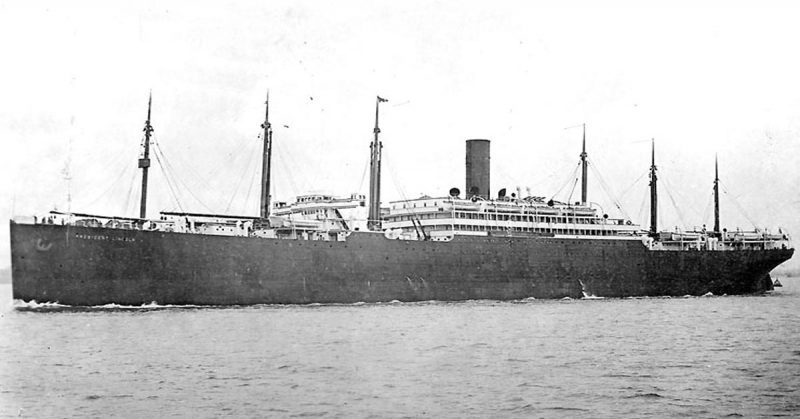The centennial of the end of World War I is brought anniversary after anniversary of catastrophic events. The United States didn’t enter the war until it had been in progress for about three years and the Germans had already established a policy of unrestricted submarine warfare meaning they intended to sink all ships regardless if they were military vessels or not.
The U-boats surrounded the waters of Western Europe as the United States had begun shipping troops and supplies to France. The USS Abraham Lincoln, ironically built for Germany, became a victim of German U-boat U-90 on the 31st of May 1918 six hundred miles off the coast of France. She had made five successful trips between New York and France carrying over 20,000 troops to Europe.
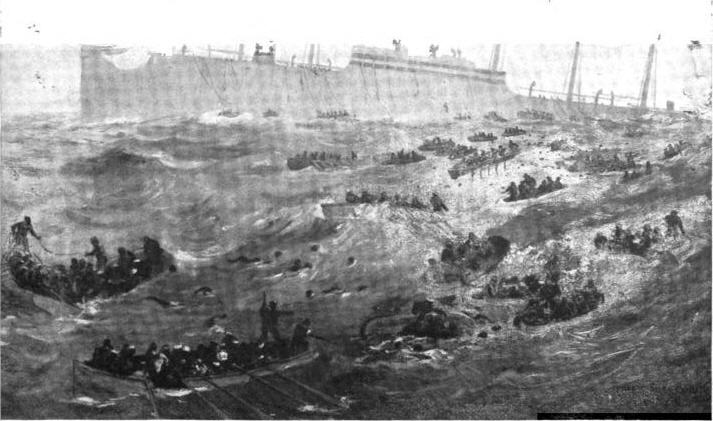
It was on a return trip to New York carrying seven hundred passengers and crew including some wounded and ill soldiers back to the United States that she was torpedoed not once but three times on her port side. Commander Percy W. Foote, U.S.N. was eating breakfast when the ship was hit. Upon reaching the bridge, he surveyed the situation and ordered everyone to abandon ship.
An SOS was broadcast and all but seven men who were instantly killed when the torpedo hit the ship as well as Lieutenant Commander Mowat (P.C), the senior paymaster, Lieutenant Commander Whiteside (M.C), the senior doctor and Ensign Johnson (P.C), the junior paymaster were able to make their way to lifeboats and rafts.
As the men were floating on the sea waiting for rescue, the U-boat commanded by Walter Remy returned and sailed among the rafts and life boats looking for senior officers to capture. On such occasions, officers removed any indications of rank so as to blend in with the rest of the men but Lieutenant E. V. M. Isaacs, U.S.N. was identified and taken prisoner. Isaacs later escaped from the German prison camp and was awarded the Medal of Honor.
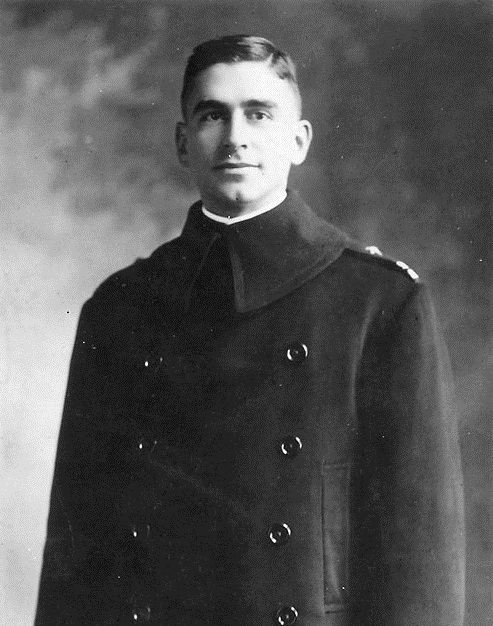
Admiral Henry Braid Wilson, U.S.N. had received the SOS and immediately dispatched two destroyers, the Warrington, commanded by Lieutenant Commander George W. Kenyon, U.S.N. and the Smith commanded by Lieutenant Commander J.H. Klein, U.S. N. The survivors of the USS President Lincoln were busy trying to gather and secure the lifeboats and rafts together for safety but a rough sea and the U-90 occasionally popping up while waiting to destroy the rescue ships made this difficult.
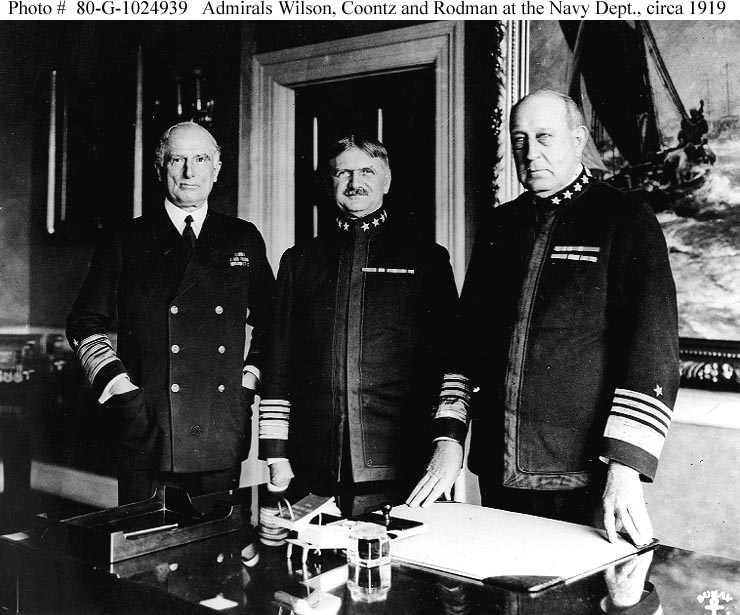
About fourteen hours after the ship was struck the two rescue destroyers arrived to collect the survivors. Because of the pitch dark of the moonless night, the U-90 was unable to get a good target to destroy either of the rescue ships which kept their position until daylight in order to search for more survivors.
The submarine narrowly escaped destruction when the Smith dropped depth charges and left the area, no longer a threat to the two destroyers. The ships sailed for Brest, France and arrived safely with Admiral Wilson welcoming the survivors.
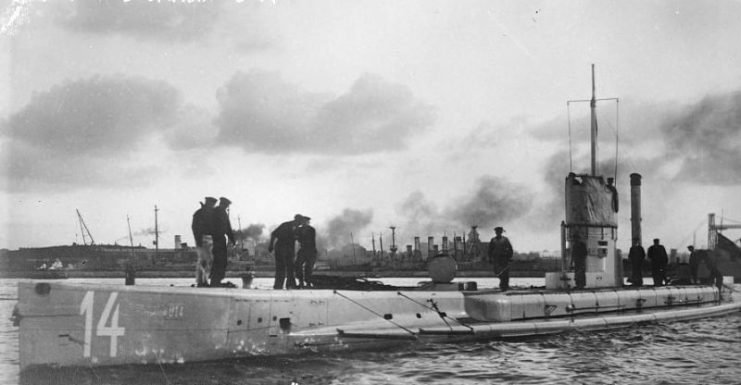
In 1922, Commander Foote wrote an article about his experience in Volume 48/7/233 of the U.S. Naval Institute’s magazine, Proceedings praising his men for their efficiency and courage during their ordeal claiming “their clock-like performance of duty will always fill with pride the heart of the commanding officer.”
Foote also praised the performance of Admiral Wilson for sending help so quickly and Kenyon, the commander of the Warrington, for arriving quickly and navigating so deftly that they arrived at the exact spot of the lifeboats in pitch dark even though they had floated fifteen miles away from the site of the sinking.
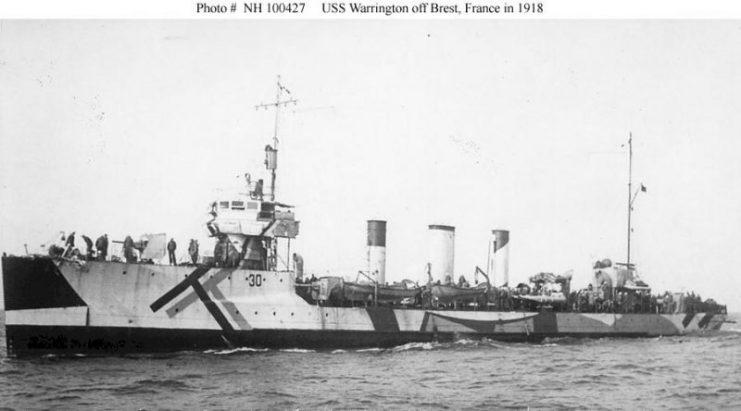
During her career, the U-90 sunk thirty ships and damaged two including thirteen British ships, four American ships, eight French ships, one Portuguese, one Danish, one Spanish and one Russian sailing vessel before surrendering on November 20th, 1918.
